What I’ve learned about becoming an author-illustrator in the realm of children’s picture books

Having written in YA Dystopian, YA Contemporary Romance, and Superhero fiction, when my idea for a children’s picture book came to be, it was a whole other ballpark.
I had an idea, but I was in a new market.
How did I shrink my writing from novel size to kid size?
Thankfully, being a preschool teacher for 9 years worked in my favor here. I already had read a slew of children's books geared towards preschool age. This meant I only needed to do a little more research.
What kind of research am I referring to?
I was going to need to know a few aspects before I jumped into creating this book.
Recommended word counts
Art styles
Attractive cover ideas
Vocabulary range
Knowing these aspects first off is how you eliminate making mistakes.
My target audience is children ages 3–5 years old, so I wanted to limit pages to have 63 words or less. I wanted to introduce them to new words but nothing too large. And, if I was introducing them to new words, it would be helpful to add a new vocab list at the back of the book for teachers and parents.
As far as covers, I wanted to consider what types of things were going to pull a child’s attention in.
Would it be the color scheme? Would it be the type of character that was portrayed? Or, would it be clues I gave to the story inside?
This is also intertwined with the various art styles that are portrayed across children’s literature.
I consider myself a decent artist but was I good enough to create illustrations for a book?
Consider Eric Carl:
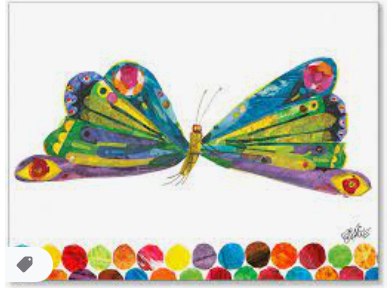
courtesy of Google.com
He is considered a collage artist. He uses very vivid colors and keeps the focus on the characters for the children’s focus.
Consider Mo Willems:
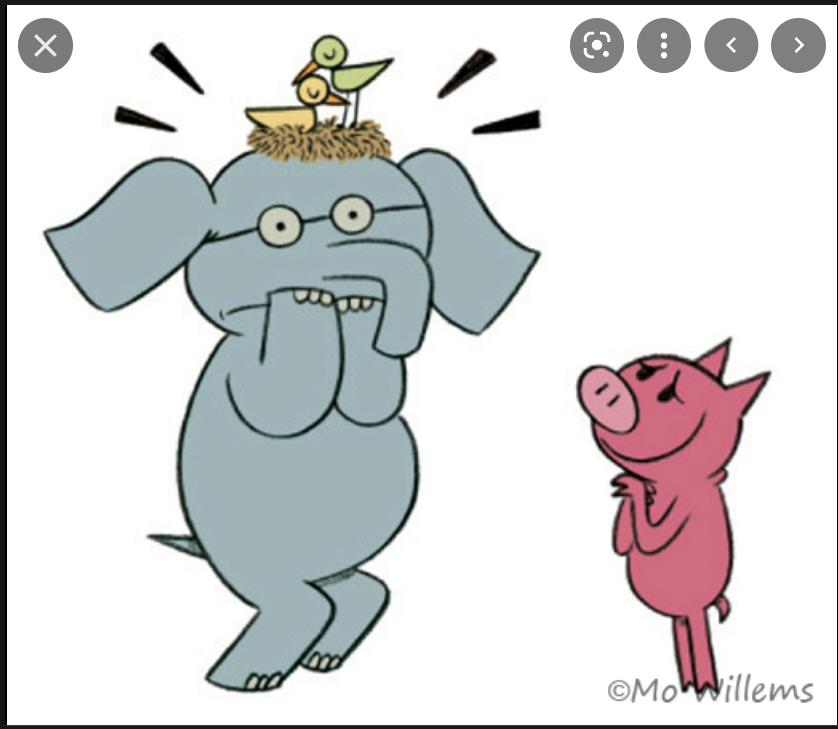
courtesy of Google.com
His art puts the full concentration on the characters which are very expressive. Plain backgrounds, and lines to show movement in the art.
Looking at the different types of art helped me determine what I wanted to use and made me explore what I was comfortable with.
Once my story was complete and I tested it on adults and kids, it was time to start putting my art into practice.
I needed to consider what art mediums I was comfortable with: watercolor, pencil, digital, paint.
Since my book is called The Dandelion and is about flowers, I needed the right art to show off my petals and the fine details. Something that wouldn’t take me loads of time if I needed to recreate it. And I would need it to have the right bursts of colors to draw in my audience.
This was when I finally settled on watercolor.
I went through my first attempts and here was how they came out:
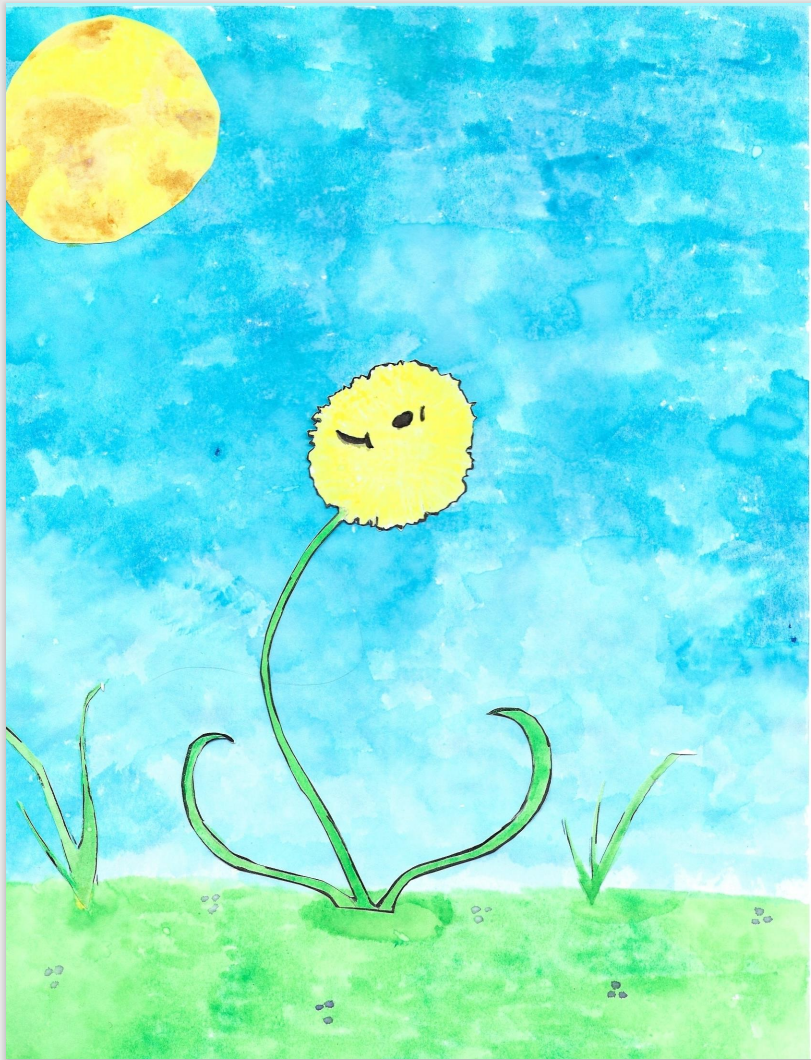
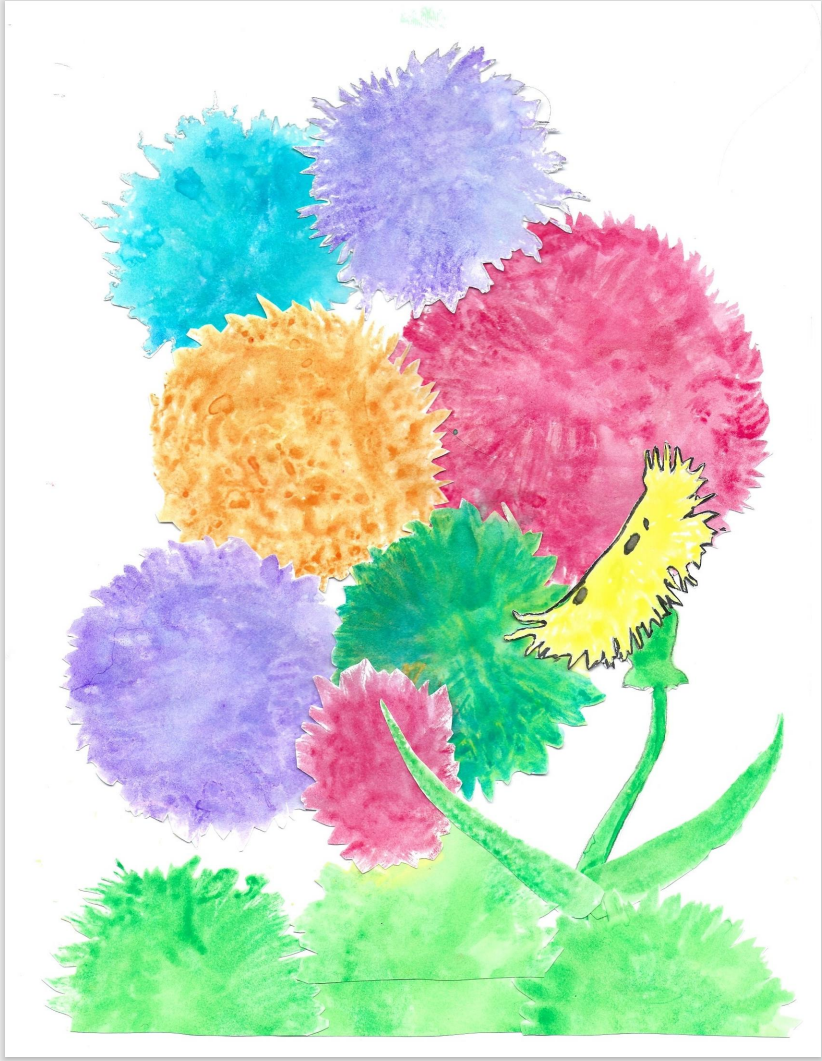
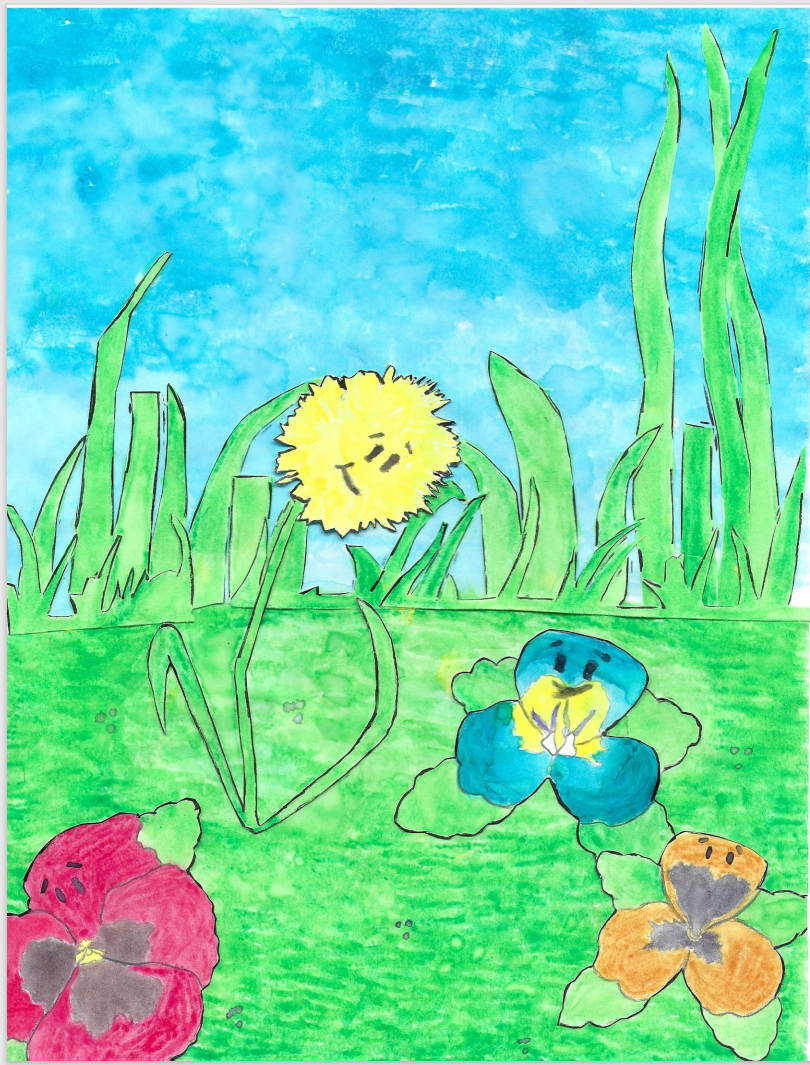
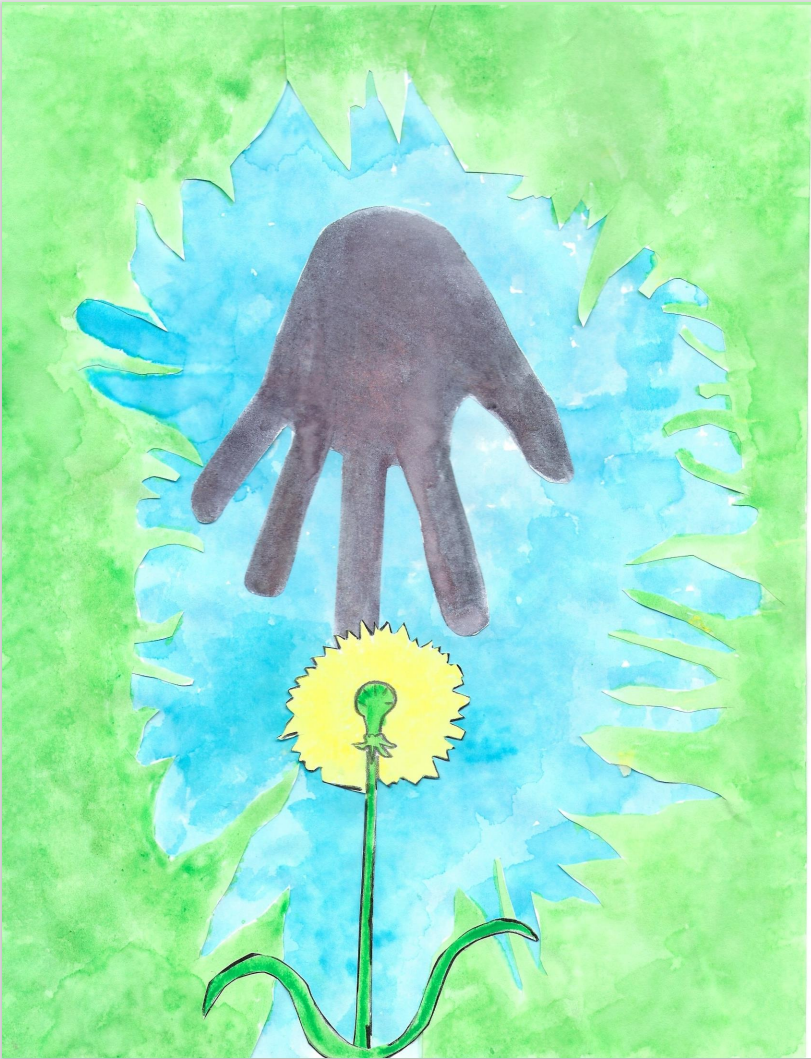
Not bad for my first try.
I admit I was prematurely excited about the prospect of nabbing a publishing deal. But, low and behold, I submitted to a small publishing house and they set up a meeting with me. And, let me tell you, I learned a whole lot.
What did I learn from a publisher?
I learned that I was on the right track.
She disclosed to me that I had a great concept, but I needed to redo my pictures with more detail and a better paper. (I had done them on printer paper as it was all I had.)
These were her pointers:
Use thicker paper meant for watercolor
Create activities to go along with the book so schools would consider them
Make the illustrations on larger paper so they could be shrunk easier to avoid margin cut off
Add more details to the flowers (color variations)
Choose either to collage the whole piece or watercolor only to the paper (as I was cutting the pieces out individually and placing them onto the paper)
Get professional paint ( as I had done with this with my daughter's simple watercolor set)
Create a cover that had a different image from the illustrations of the book
Create illustrations for the pages that held the text to give it a more cohesive look
Look around at fonts and see what best fit the book
After leaving this meeting, I felt way more confident in my ability to create this book.
She even offered me a contract but ended up ghosting me in the middle of negotiations.
So, what did I do with the feedback she gave me?
No matter the experience I had with her never finishing her deal with me, I chose to take the positives from the situation.
I had learned a lot, and this meant I could use it to continue my querying journey. I ordered professional watercolor paints and paper and got to work. Now here is what my project looks like so far.
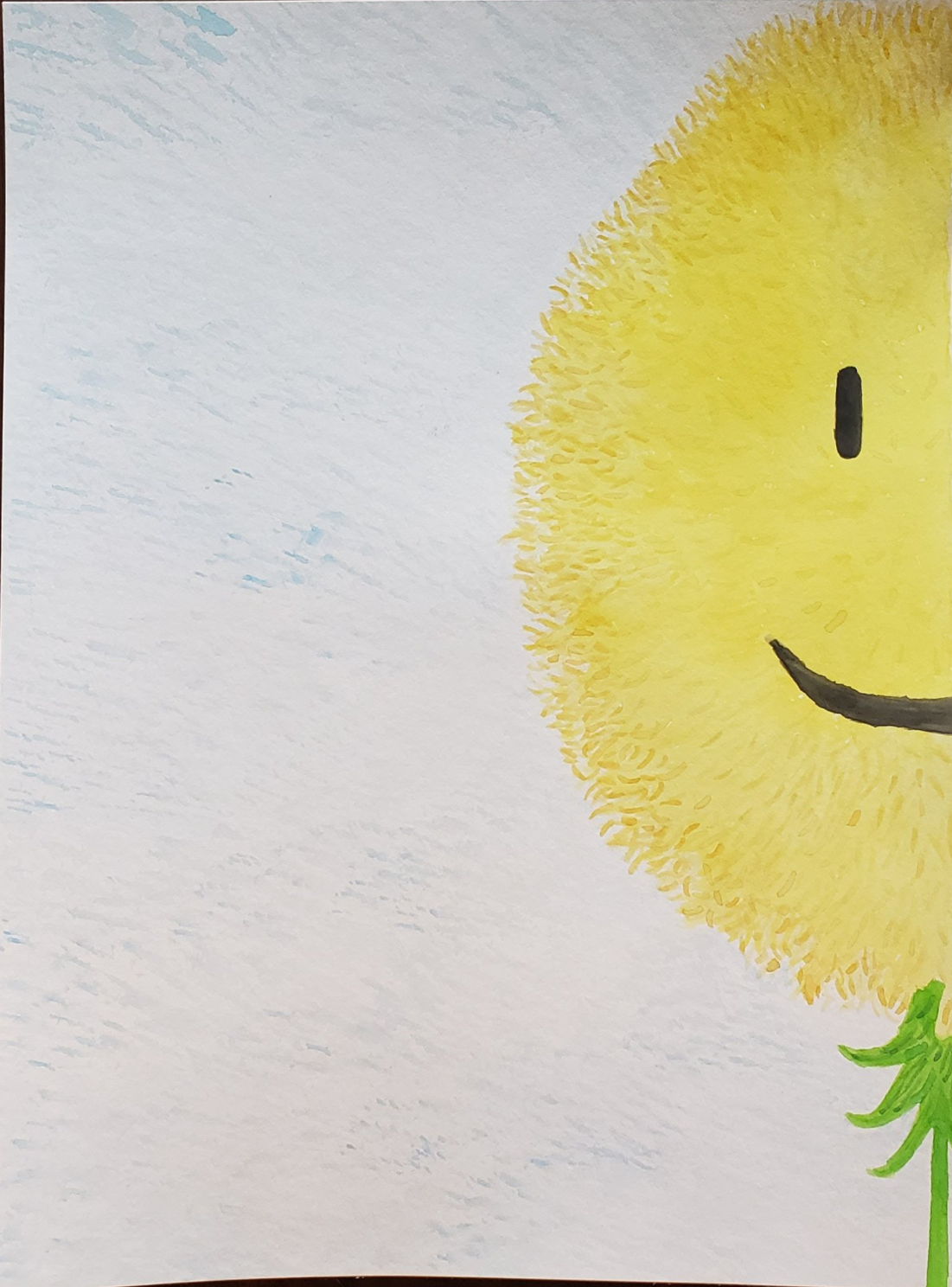
my cover but I still need to find a font
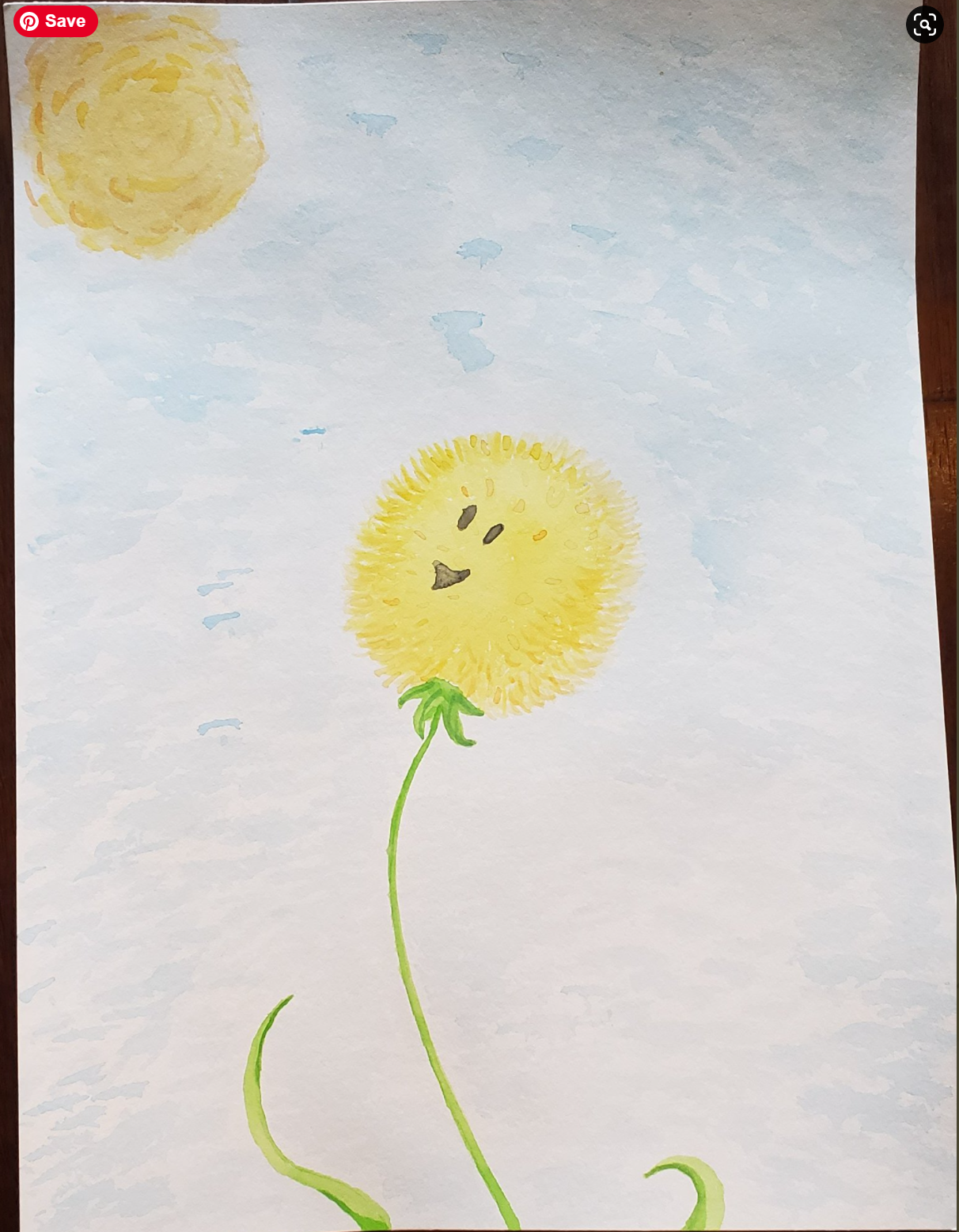
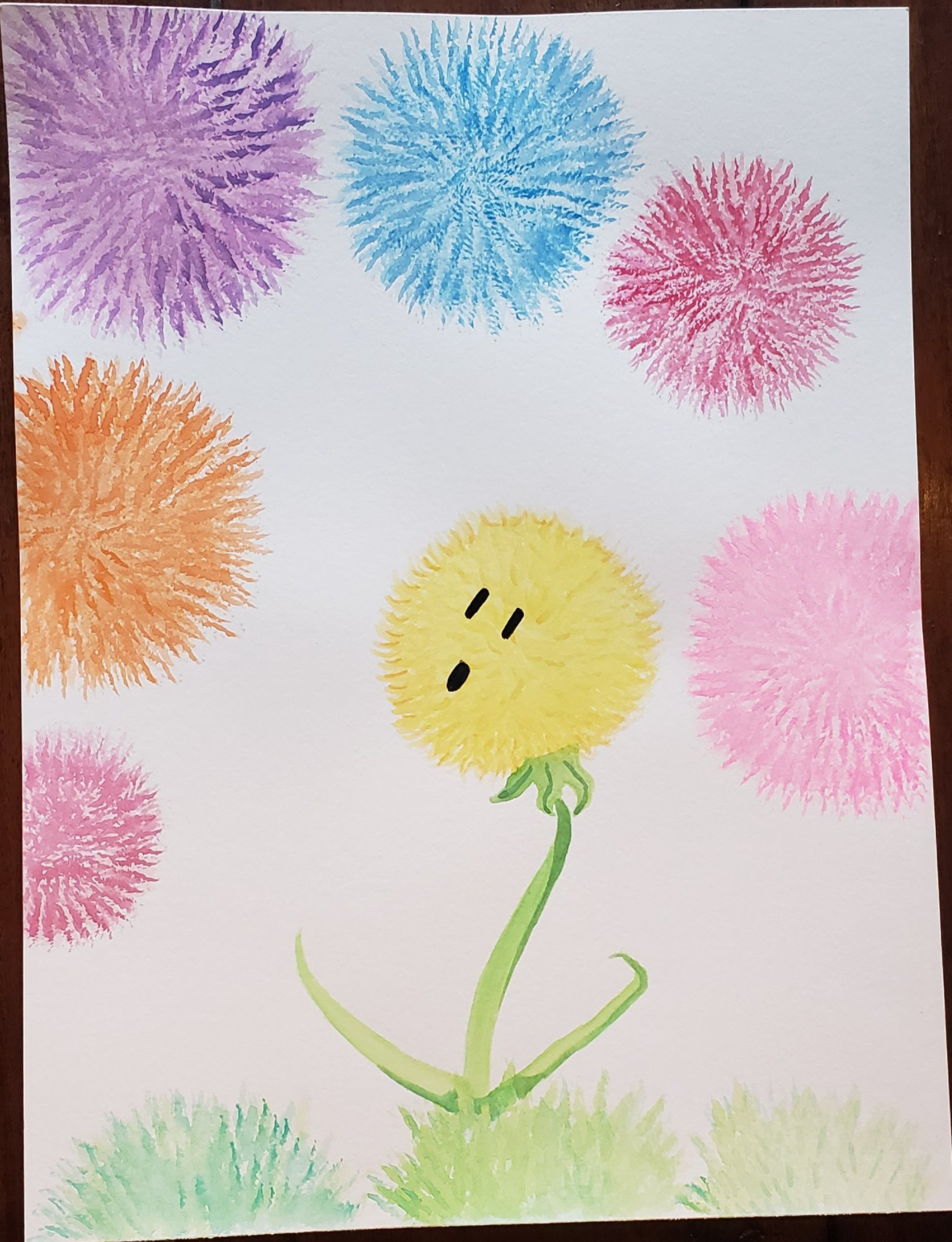
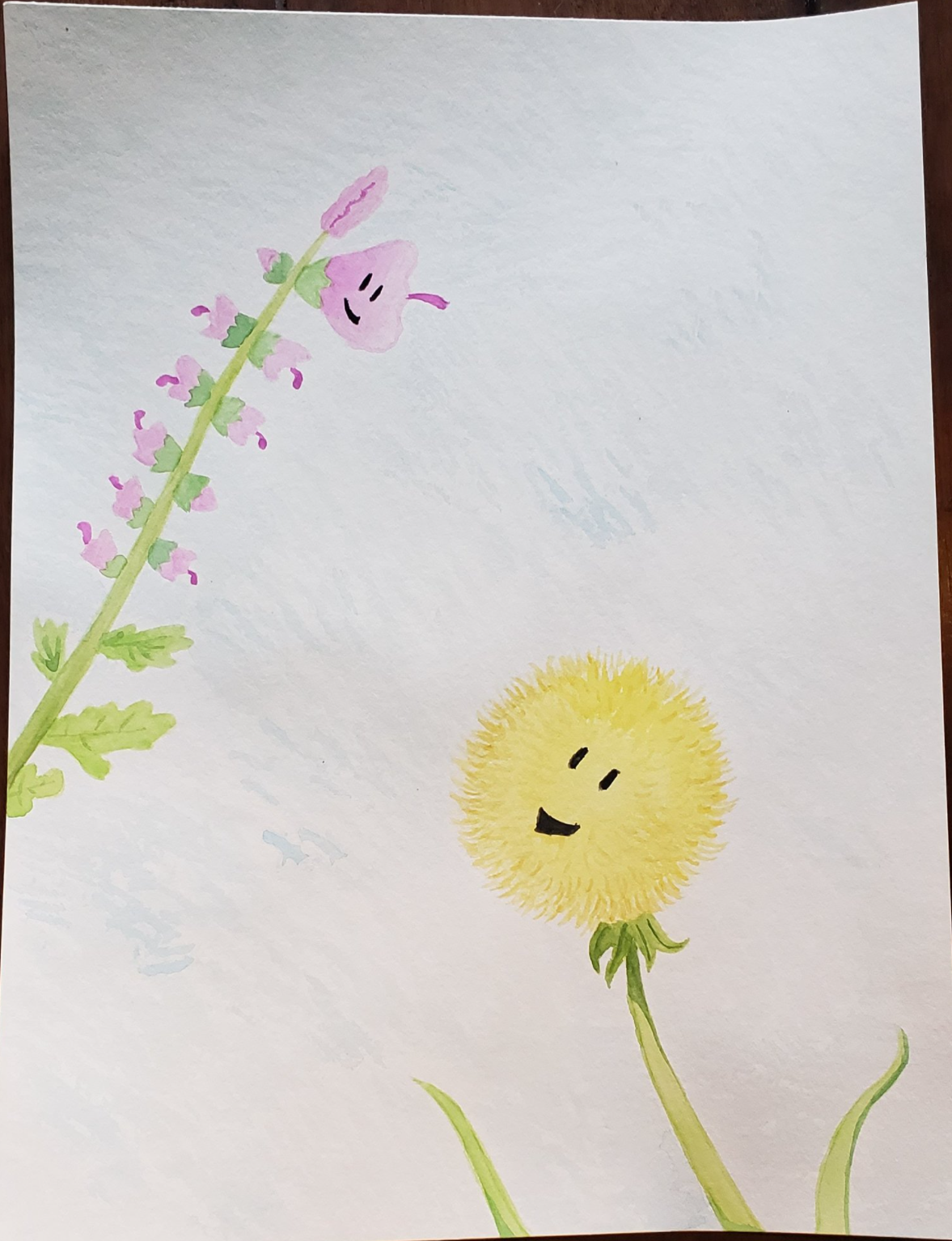
A huge difference compared to my first set!
Where am I on this project now?
I am right now finishing up my new set of illustrations and plan to set forth querying again.
No matter how long I have been working on this book, I know it’s worth pursuing. And, I am excited to see what happens with it considering how far I have come.
